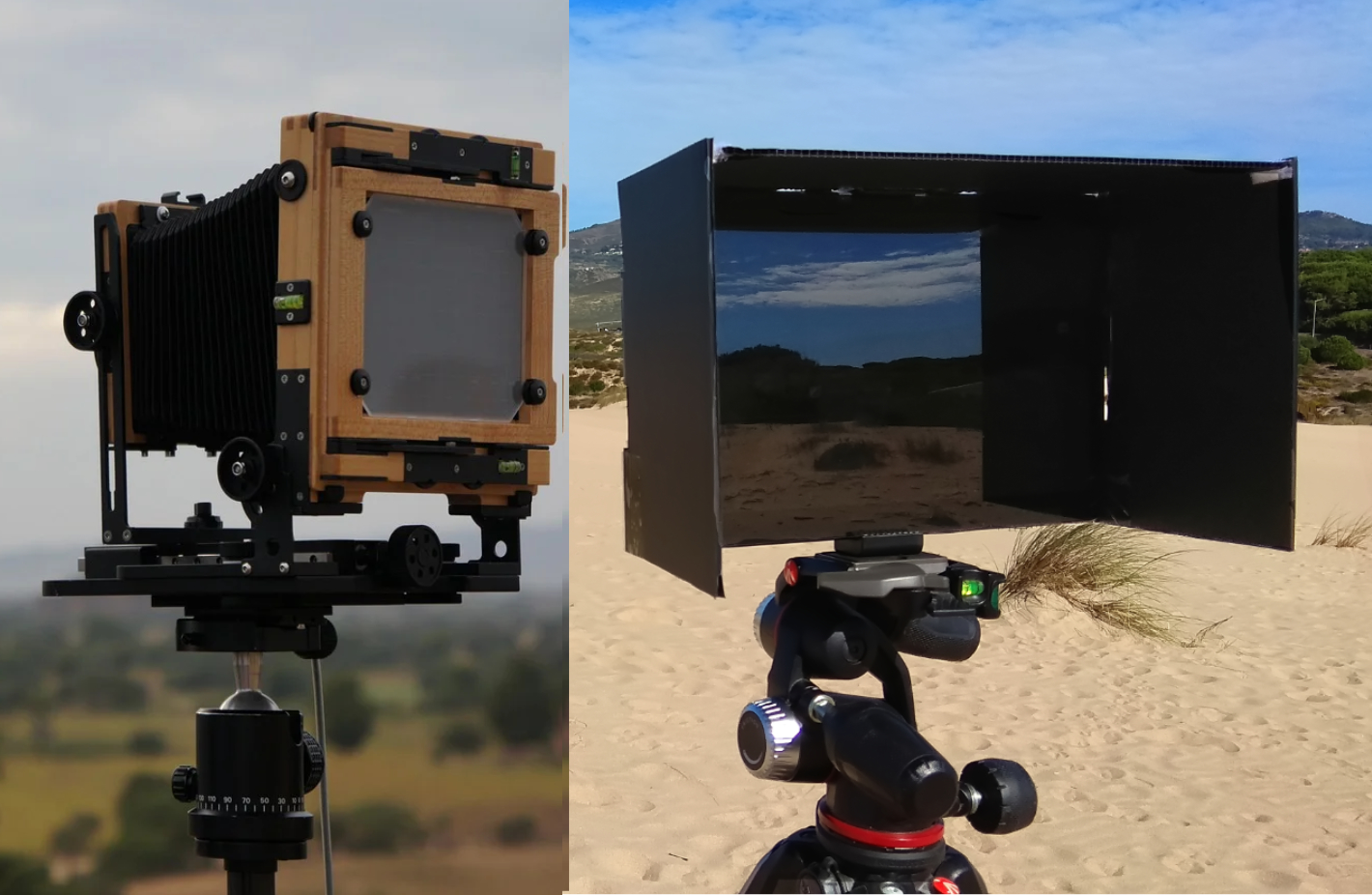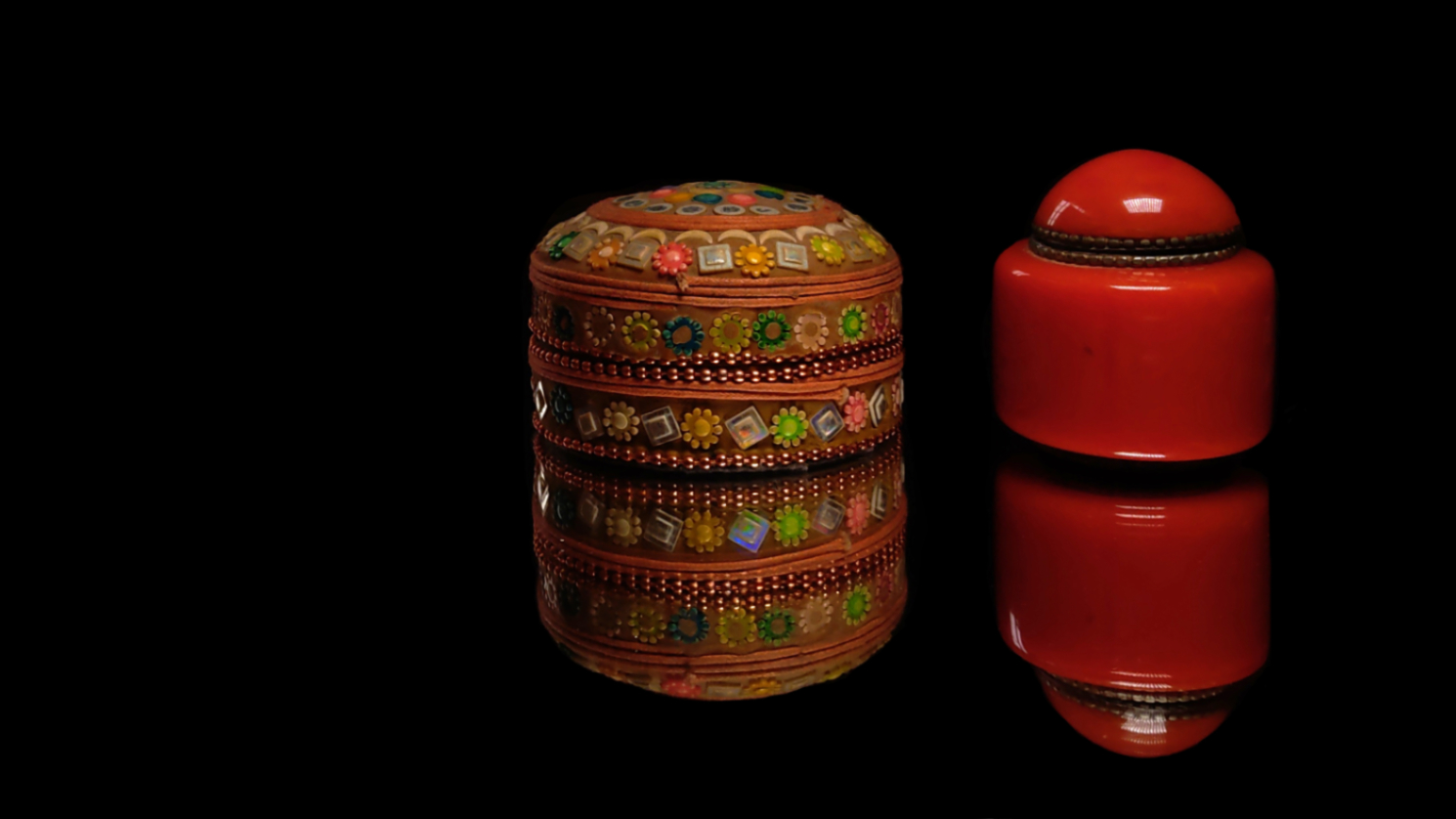
As almost everyone else, I’ve laughed watching people trying to keep their tablets steady for taking pictures. In fact, I also hate when people hold their smartphones above their head to take pictures at concerts, and that’s the reason why I decided, a couple of years ago, at a Roger Waters concert, that it would be my last. I almost broke the smartphone from someone sitting in front of me, because I could not see the show in peace. It was then I decided it was best for my sanity to stop going to concerts altogether. How I miss going to concerts back in the days before smartphones existed…

When buying a tablet, I believe the camera is not a crucial part of the choice you make. Still, the truth is that the best camera you can use is the one you’ve with you, and for many people it may be the camera in their tablet, especially if they are also using it – the tablet – as a comms device. It may not be the most ergonomic solution to stay connected with friends and family when you’re walking down the road – it surely is less practical than a smartphone – but it works, and if you’re sitting down somewhere, it appears to be the ideal solution.
While for many people the word tablet rhymes with iPad, the fact is that the first modern tablet computer to make it to the market run on Android, with the first products released in 2009. Still, the iPad, introduced in 2010, shaped the commercial market for tablets in the following years, and was the most successful tablet at the time of its release.


Tablets were trendy some years ago, but they lost appeal in most recent years. I remember I wanted to have a tablet for my workshops, but as I already had a laptop with a 13-inch screen, it made no sense. My laptop running Windows 7 had Dolby Virtual Theater, Virtual Surround Sound, an Intel Core i5, a Nvidia GeForce 310M, webcam and… a full version of Adobe Photoshop Elements, and was more powerful than any tablet. The compatibility with Windows also meant I could use it for anything from Lightroom editing to easily transfer of photos. No tablet was a match for it.
Although the sales volume of tablets has grown throughout the years – in October 2012, tablet shipments began surpassing shipments for laptops – the competition with smartphones offering larger screens on each new edition meant that tablets lost market share in recent years. The COVID-19 pandemic changed everything, and under a “stay at home” mandate users decided the best device to work, study and play was a tablet. The demand from both consumers and businesses resulted in a surge in global tablet shipments. According to research firm Canalys “The worldwide tablet market posted stellar growth in Q3 2020, with shipments of 44.3 million units, up 43% year-on-year” numbers that led Victoria Li, Canalys Analyst to say “Tablets have come back from the dead as they deliver the perfect balance of mobility and computing power at a wide range of price points during such a crucial time.”
One final note about the universe of tablets: Android overtook Apple’s iOS as the most popular operating system in 2012 and as of the beginning of 2018, about 62.1 percent of all tablets that were shipped worldwide ran on the Android operating system. iOS remains the second most popular operating system, holding a shipment share of 23.4 percent while Windows 10 had 14.6% of the market.
Now, as I noted above, when buying a tablet its camera features will not be at the top of the required criteria list. In fact, I recently bought a tablet, the Xiaomi Pad 5, for one key reason: it runs a recent version of Android, meaning I can use it to test a variety of new photography and video apps to write about for ProVideo Coalition. That was the main factor, but I can also use it for workshops – as I used a laptop once – and its huge screen, with 11-inches, is much better than any smartphone to show photos to a group of people.
There are other reasons why I bought the Xiaomi Pad 5: it represents a good platform for anything from connecting to the Web – using Wi-Fi as it does not offer 4 or 5G – to watching content on a 11-inch WQHD+ HDR 10 120Hz display paired with four speakers, Dolby Atmos compatible, that give you extraordinary surround sound in both landscape and portrait display formats, for a cinema-like sound experience; the Xiaomi Pad 5 also has the option to use a dedicated Smart Pen, which makes it a good option if you intend to go paperless, as you can use the device for taking notes, which can be transferred to a desktop computer later.
One more reason to buy the Xiaomi Pad 5 is that Windows 11 now runs Android apps, meaning you can use the same apps in both your tablet and computer, which is a win-win situation, as far as I can see. Although not all apps will be available, I expect that many will work, making for some interesting options for those users who want to keep working on their projects in both platforms. Although it is a different situation, since I received the tablet, I’ve found one DTP app – more about this in another article – that works on both Android and Windows, meaning I can start a project in any of the platforms and keep using it on either of them.
Another key reason why I acquired the Xiaomi Pad 5 was the price. Because of our goal of going paperless, we recently acquired a Samsung Galaxy Tab 7, which is a great tablet, but which costs $649.99. The Xiaomi Pad 5, if available in US, would cost $399, which makes it very good value. Now, as I acquired it during the initial sale in Europe, it had a promotional price during the first 24 hours: €299.99 against the regular price of €399.99. I believe that if the same promotion made it to US, the launch price would be a tempting $299…
Having tried the 13-megapixel camera in the Xiaomi Pad 5 for both photography and video, I imagined how it would work if used as a large format camera and decided to try it. Two problems that needed fixing: it’s impossible to hold a tablet steady for serious photography or video and the huge screen reflects everything around when outdoors. Here is how I tackled both problems and found a solution to “build”my large format camera.
Despite the screen on the tablet being very bright – and adjustable – using it outdoors, especially in sunny days, is nearly impossible, so I decided to build a sunshade hood. You can buy them commercially but it’s hard to find the right size and fit, so after a quick trip to my local DIY store I had a large piece of black, matte fluted plastic material – fluted polypropylene – that is available under different names, Corlite being a popular one. It’s cheap – less than $5 – and you can easily cut the pieces for your own sunshade hood. I used duct tape to join some of the pieces and Velcro to keep the top and side of the sunshade in place when mounted.
The next step was to find a way to connect the tablet to a tripod, and for that I acquired a Neewer iPad Tablet Holder, an accessory that is compatible with any tablet up to a maximum of 235mm. With a standard 1/4” attaching screw that I fitted with a quick release for my Manfrotto tripod heads, it keeps my tablet steady. It’s a simple solution, priced at $13.99, that will be enough for most users, but there are other, more sophisticated clamps, if you need to mount other accessories around the tablet.
Armed with my new contraption, which looks like a large format camera that has been through a diet, I decided to confirm if the system offers advantages over smartphone photography, and I’ve some good news to share: it works! Having a large screen to adjust controls and check images makes it very exciting if you’re tired of squinting at your smartphone. The 11-inch Xiaomi Pad 5 tablet offers a working area that is three times the size of my smartphone, so yes, it’s easier to use. Again, it may not be the solution for every type of photography or video capture, but if you’re after a large format camera experience, this works well.
Using FiLMiC Pro for video capture with the Xiaomi Pad 5 tablet makes adjusting controls much easier than on a smartphone, and that’s something I am exploring and want to write about in a future article. For this test I captured stills, a series of landscape images, using Open Camera and other Android apps, in the same vein as the photos from large format photographers, but also did some tabletop or studio photography using artificial light. The results published here, resized for the web, do show it is possible.
A 13-megapixel camera on a tablet is not going to win prizes for excellent quality, but I continue to believe that photography is much more than pixel peeping, it’s about sharing emotions, moments, memories. As I wrote in a previous article, smartphones – and tablets – to not have to compete with DSLR, mirrorless or other cameras – which have the advantage of larger sensors and better optics –, they are other tools that allow users to do a simple thing: paint with light.
While all that is true, a shift may be about to happen for Android tablets. The Xiaomi Pad 5 Pro with 5G, not yet available in Western countries, features a 50 MP primary sensor and a 5 MP depth sensor, instead of the 13 MP camera in the Xiaomi Pad 5 tablet. It’s a sign of things to come, and another brand, Oppo, an Android maker also entering the tablet market, will have dual cameras on the back of its Oppo Pad – a 13MP main shooter and 8MP secondary cam, probably an ultra wide angle – as well as the regular front-facing shooter. As the industry shifts, and technology evolves, with better optical solutions being developed, using an Android tablet with a 100MP or even 200MP sensor as a large format camera, may well be a viable and appealing solution for landscape photographers. With the extra option of editing your just captured photos on the large screen.

